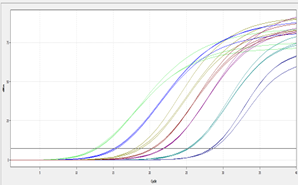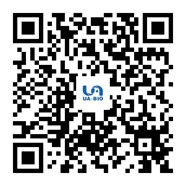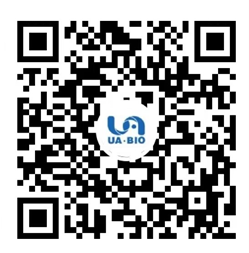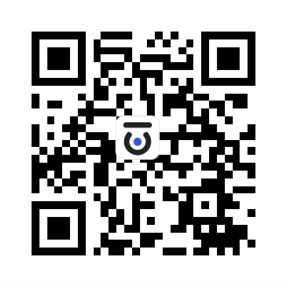Baculovirus Quantitative Titration Kit
Baculovirus Quantitative,Kit
- 价格: ¥2,800
- 规格:
- 数量:
 在线客服
在线客服产品介绍
- 产品介绍
- 操作详情
产品组分
Components
Amount
Storage
Virus Standard
AcMNPV Virus, 2*108 pfu/mL
-20℃
Virus Lysis Buffer
1mL
-20℃
Proteinase K*
10x, 100 μL
-20℃
Primer & Probe Mix
Forward Primer & Reverse Primer & Probe, 240μL
-20℃
IN THE DARK
qPCR Low ROX mix†
1.2mL
-20℃
DNA Positive Control
20ng/μL, 25 μL
-20℃
RNase-free Water
1.5mL*3
-20℃
* Add Proteinase K to Virus Lysis Buffer before use according to the number of your samples.
† Compatible to ABI Prism 7500/7500 Fast, QuantStudio 3/5/6 Flex/7 Flex System, ViiATM 7 System,
Stratagene Mx3000/Mx3005P, Corbett Rotor Gene 3000, et. al.
Additional Materials Required
- Quantitative real-time PCR Thermocycler
- Optical 96-well PCR plates or 8-well PCR strips with strip caps.
- Centrifuge for tubes, PCR strips or PCR plates.
操作步骤
Baculoviral Titration Protocol
1. Centrifuge the medium from baculovirus-infected cells at 500g for 5mins. Transfer supernatant to a new 1.5 mL tube, discard cells and debris.
2. Dilute Virus Standard serially using the RNase-free water to generate standard serial log dilutions containing 6 points, 2*108pfu/mL, 2*107pfu/mL, 2*106pfu/mL, 2*105pfu/mL, 2*104pfu/mL, 2*103pfu/mL.
3. Dilute your unknown samples, if you suspect the titer to be great than 108pfu/mL.
4. Take 80μL standard serial dilutions and your unknown diluted (e.g., 1 in 5 or 1 in 10) or undiluted samples to PCR tubes, respectively. Centrifuge at 13000rpm for 5min, and then discard supernatant.
5. Re-suspend the virus pellet in 20μL Virus Lysis Buffer (add final 1x Proteinase K before use)in tips.
6. Run the following lysis program to extract virus DNA. The lysis can be used as templates for qPCR.
Temperature
Time
Step 1
55℃
30min
Step 2
95℃
5min
Step 3
55℃
4min
Step 4
95℃
1min
Step 5
55℃
1min
Step 6
95℃
30s
Step 7
20℃
Hold
7. Prepare qPCR reactions on ice. Multiply the following amounts by the number of reactions including 6 standard serial dilutions, unknown samples, 1*positive control and 1*NTC. Triplicate is recommended for every sample.
Component
20 µL
qPCR mix(2X)
10µL
Primer&Probe Mix
2µL
Template
2 µL
RNase-free water
To 20 µL
8. PCR plate diagram
2*108pfu/mL
2*108pfu/mL
2*108pfu/mL
Sample1
Sample1
Sample1
2*107pfu/mL
2*107pfu/mL
2*107pfu/mL
Sample2
Sample2
Sample2
2*106pfu/mL
2*106pfu/mL
2*106pfu/mL
Sample3
Sample3
Sample3
2*105pfu/mL
2*105pfu/mL
2*105pfu/mL
Sample4
Sample4
Sample4
2*104pfu/mL
2*104pfu/mL
2*104pfu/mL
Sample5
Sample5
Sample5
2*103pfu/mL
2*103pfu/mL
2*103pfu/mL
Sample6
Sample6
Sample6
PC
PC
PC
…
…
…
NTC
NTC
NTC
…
…
…
9. Place the 96-well plate or PCR strips in the Quantitative real-time PCR Thermocycler. Run the following qPCR program to acquire FAM fluorescent intensity.
Temperature
Time
Cycle
95℃
2min
1x
95℃
5s
40x
60℃*
5s#
*Acquire FAM fluorescence data.
#Alternatively, set as the minimal time allowed by your Quantitative real-time PCR thermocycler.
Data Analysis
1. Once the qPCR program is finished, the Ct values will generally be calculated in the default threshold (example shown in figure 1).
2. Export the Ct values into Microsoft Excel or other data analysis software. Determine average Ct Values for each triplicate samples. All Ct values should be below that of the NTC.
3. Generate a standard curve to demonstrate linear correlation between Ct values and the standard titer (log scale), like example shown in figure 2. R2 is required to above 0.98, while PCR efficiency 0.90~1.10.
4. Plot the unknown samples Ct values against linear correlation formulation to obtain a equivalent pfu/mL value for each sample.

Figure 1. Amplification plots of the fluorescence intensity against the cycle with horizontal threshold line.

Figure 2. The standard correlation curve between Ct values and the standard titer (log scale), followed calculated data on the right.
- 产品数据
| 货号 | 产品名称 | 种属 | 表达系统 | 数量 |
|---|
- 相关产品












评论(0)